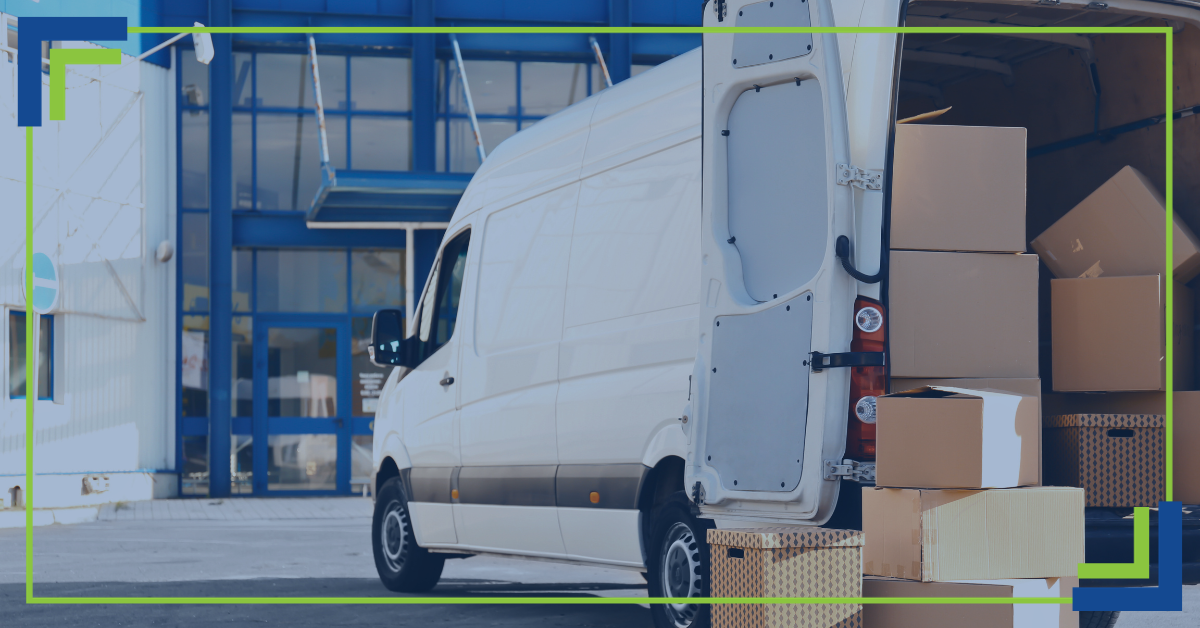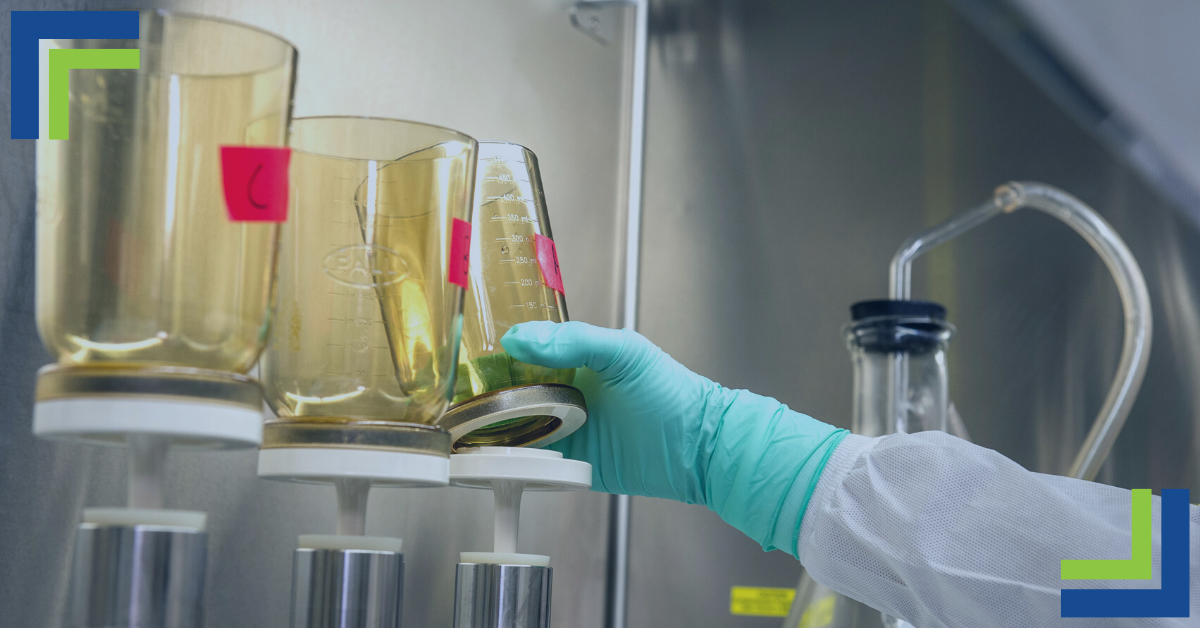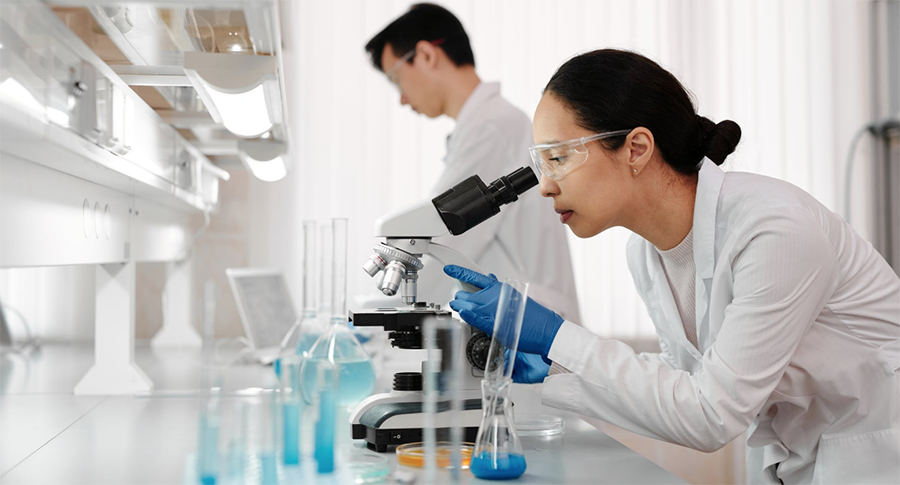
Transporting lab equipment properly is more than just a process of getting your supplies from point A to point B; it’s about getting it where it needs to go safely so everything remains in optimal condition. Here’s how to make that happen!
Equipment Assessment
Before you start packing up your lab equipment, you need to assess the nature of what you’ll be transporting and create an organized plan for how to proceed. First, identify fragile components requiring special attention during transportation, including delicate glassware, sensitive electronic components, and precision instruments. Next, measure the dimensions and weigh each piece to help you select the right packaging and handling methods and materials.
Lab Equipment Packaging and Protection
Customized packaging is key to ensuring the safety of your lab equipment during transit. Invest in high-quality materials that fit the dimensions you need. Secure it all inside containers that maintain a snug fit. Cushioning materials such as foam or bubble wrap can fill empty spaces and provide shock absorption, reducing the risk of damage from bumps and vibrations.
Transport Logistics—Choosing the Right Carriers and Planning Ahead
It’s vital that you take the time to make sure you’re choosing a reliable carrier to safely handle all of your lab equipment. Conduct a bit of research to be certain they’re experienced in handling delicate scientific instruments. Now it’s time to plan your transportation route and timeline carefully, taking into account factors like traffic, road conditions, and any potential delays that may pop up. Pay attention to the weather and environmental conditions, especially if your equipment is sensitive to temperature or humidity changes.
Regulatory Compliance
Understanding and complying with legal and regulatory requirements is a must whenever you’re moving lab equipment. It’s important to know that different countries and regions may have specific rules governing the transportation of scientific instruments, particularly if they contain hazardous materials. Make sure you’re aware of and follow all relevant regulations. Additionally, it’s essential for you to have all of the required documentation to avoid any legal complications during transit.
Unpacking and Installation
Once your lab equipment reaches its final destination, your job still isn’t over. Now it’s time to carefully unpack each item, inspecting it for any signs of damage or mishandling. If you notice any damages, immediately make a note of them and contact the carrier to report the problem. Once everything’s unpacked, it’s time to tackle installation. Especially if you aren’t completely familiar with all of the equipment, consider enlisting a professional who’ll help ensure it’s all set up correctly so that it’s ready for use without any unexpected hiccups.
Conclusion
Transporting lab equipment requires meticulous planning and attention to detail. Don’t underestimate the importance of these steps in ensuring the longevity and functionality of your scientific instruments.
In the scientific world, precision and accuracy are paramount, and that extends to the proper transportation of lab equipment. Neglecting proper handling and packaging can result in costly damage and wasted downtime. Following the steps outlined here will allow you to safeguard your lab, and maintain its integrity, so you can continue all of your vital research without interruptions.
Contact BaneBio for More Information
Contact us to learn more about transporting lab equipment and discover how BaneBio can assist you and give you expert guidance and support. Your research deserves nothing less.







